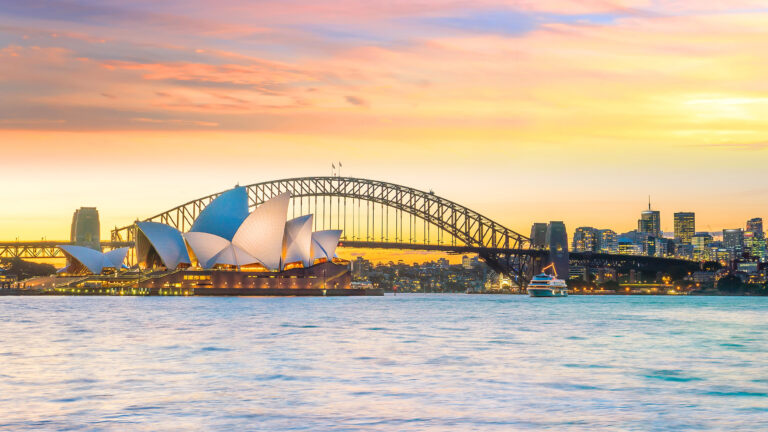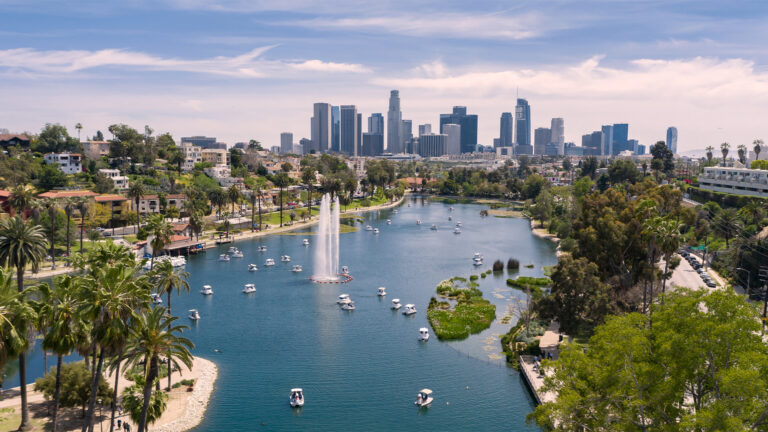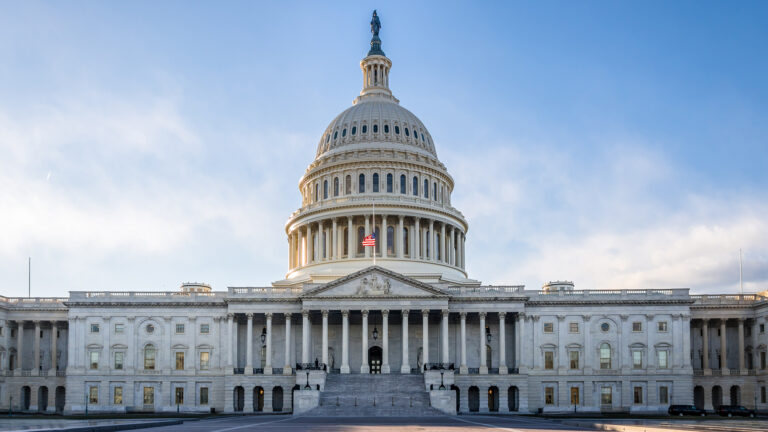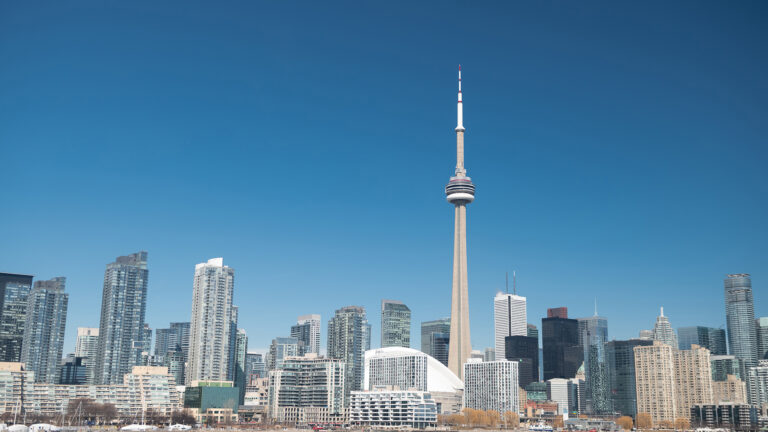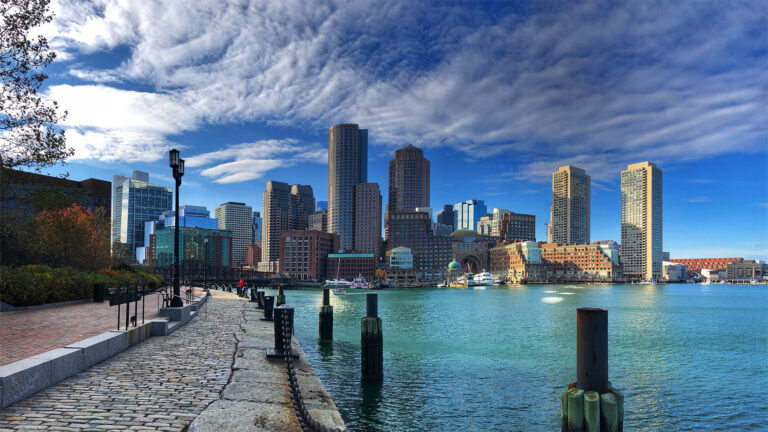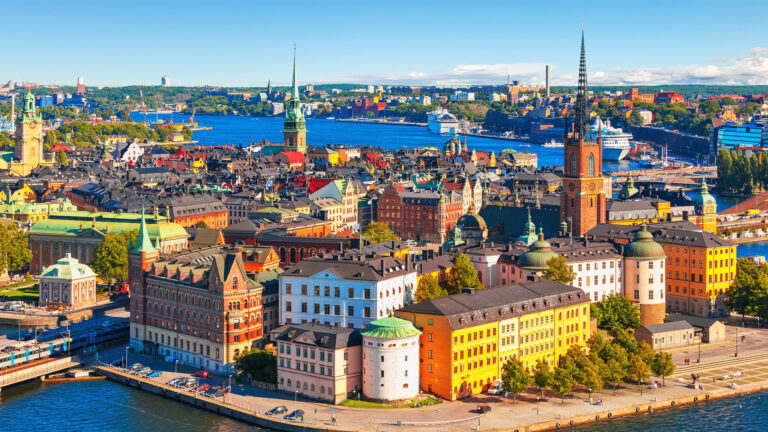By Nick Hedley
Singaporean investment giant Temasek and British
financial services group HSBC recently launched Pentagreen Capital,
a financier of sustainable infrastructure projects in Southeast Asia.
Temasek and HSBC have injected US$150 million of equity into
the new business, which aims to disburse more than $1 billion of loans within
five years.
Marat Zapparov, who has been appointed CEO of Pentagreen,
recently spoke to Markets Group about the need for such a financier and the
opportunities it sees in the region.
Markets Group: What is Pentagreen’s mandate?
Marat Zapparov: Pentagreen seeks to fill the funding
gap for marginally bankable and innovative sustainable infrastructure projects
that fall between the traditional financing options offered by commercial banks
and the remit of development financiers, and other sources of commercial
capital.
We will fill this gap by providing blended finance solutions
and technical assistance, with support from our strategic partners – the Asian
Development Bank (ADB) and Clifford Capital.
Initially, we’ll be focusing on sustainable infrastructure
projects in Southeast Asia across renewable energy, energy storage, water and
waste treatment, and sustainable transportation.
In the future, we could also look at other geographies and
areas like land use and technology-led solutions.
MG: How significant is the funding gap for
sustainable infrastructure projects? And which types of projects typically struggle
to access traditional finance mechanisms?
MZ: First of all, the need for sustainable
infrastructure investment in Asia is significant.
The ADB estimates that US$3.1 trillion of investment is
required for climate-adjusted infrastructure in Southeast Asia alone by 2030.
And there is a material gap between where commercial banks and development
financiers operate – which is where we see opportunity.
We will channel capital to projects and situations which are
considered “marginally bankable” by traditional sources of capital.
That can mean assets that might exhibit a degree of
innovation not yet accepted by the market, or projects that adopt new
structures not yet accepted by the market, as well as other sustainable
infrastructure that is not adequately served by existing sources of finance.
Pentagreen will support projects like these by providing
flexible debt financing along with technical assistance, which we believe can
help to de-risk projects for commercial financiers.
MG: Beyond the initial capital injection, how will
Pentagreen be funded going forward?
MZ: While we are starting with US$150 million of seed
capital, our goal is to scale up quickly and make over US$1 billion of loans
within five years.
Right now, we are focused on establishing our operations and
beginning to deploy our existing resources.
As we evolve, we have different options available as and
when we need additional capital.
We could boost our capital base through accepting additional
equity investments by new partners, by borrowing, or by accessing other
third-party capital from providers aligned to our objectives and mission.
MG: Is there growing competition for sustainable
infrastructure assets in the region?
MZ: There is certainly growing interest in financing
Asian infrastructure, but it’s also critical that the pipeline of sustainable
infrastructure projects continues to grow if Asia is going to meet the goals of
the Paris Agreement.
MG: Asia is seen as one of the regions most exposed
to the climate crisis, as the floods in Pakistan show. Will Pentagreen consider
financing adaptation-type projects, and can these projects be commercially
viable?
MZ: We’re open to evaluating and financing climate
change adaptation projects.
The floods in Pakistan, like many other extreme weather
events in recent years, have brought home the human impact of Asia’s
vulnerability to climate change. Over 57 million people in the region were
severely affected by climate disasters last year, according to the
International Federation of Red Cross and Red Crescent Societies.
Even if we meet the 1.5 degrees Centigrade Paris goal, Asia
will still have to deal with increasingly serious consequences from climate
change, which is why financing adaptation projects is so important.





